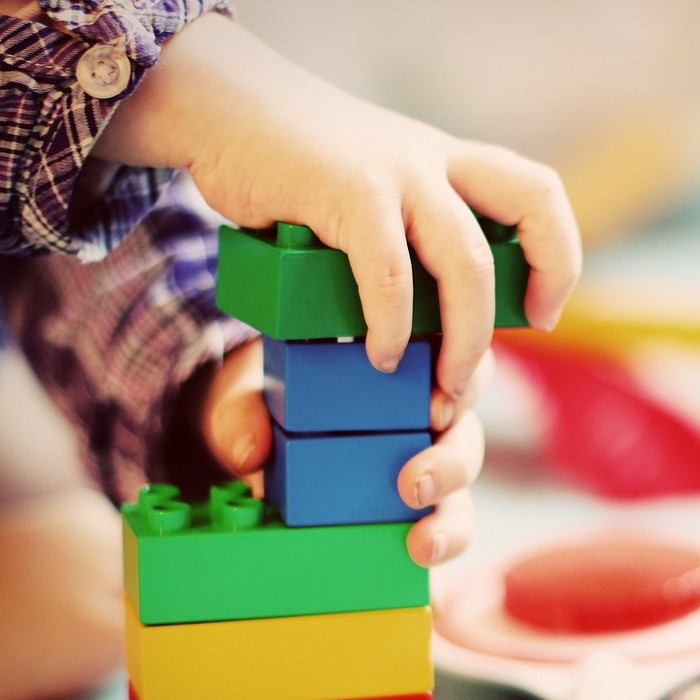Published:
Raising children has always been expensive, no matter where you live. Nevertheless, in recent times, millions of people struggle to put money away as they approach one of life’s key financial milestones. The high pace of inflation is to blame, increasing the expenses by almost 20% and leading to a current decline in birth rates.
In 2017, the projected average total expenditures for a child through age 17 was $284,594. An average inflation rate of 2.2 percent is provided in the estimation, and it does not include the expenses of sending a child to college or aiding them in their transition to adulthood.
Since 2017, however, the inflation rate has increased immensely. As of August 2023, it was 3.7%. Parents will now spend almost $26,011 more to raise a child to the age of 17. Concerns have been raised for low-income parents and families whose income is burdened with other expenses such as gas, food, and housing.
Prospective parents in the United States are forced to wait, and many choose not to have children. In 2021, 44% of non-parents said they were not at all or not too likely to have children someday, compared to the 37% in 2018.
The current birth rate for the world is 17.464 births per 1000 people, a 1.15% decline from 2022, which capped at 17.668 births per 1000 people. It has dropped to the lowest level since 1979. Advocates have pointed to a lack of policies such as paid family leave. Yet, others focus on the high rate of inflation boosting the price of everyday goods. Procter & Gamble, owner of many household brands such as Pampers, Tide, and Dawn, began raising the prices of its goods to protect its profit margins. Prices were raised on ten product categories in January of 2022 and recently raised four more, in July of 2023.
P&G is not the only company to partake in an escalation of prices, however. Unilever, Dove soap and Hellmann’s mayonnaise maker raised prices by 8.2% in the second quarter of 2022 and do not plan to drop them due to the high production and logistics costs caused by wage inflation and high energy prices.
South Korea also faces dramatic prices with a child-raising cost of 7.79 times the gross domestic product (GDP) per capita. Compared to the United States, where the most significant cost of raising a child is housing, Korea cites education. Being a very education-focused society, many parents send their children to private schools after public education fails them. A large sum of money is thus devoted towards educational expenses beyond regular public schooling. In 2022, Koreans spent W26 trillion ($19.58 billion) on private schools, totaling W524,000 ($394.53) per month.
While South Korea is on top of the list of most expensive places to raise a child from birth to age 18, China ranks second at 6.9 times per capita GDP. Although China is a relatively low-cost location to have kids in terms of the absolute amount of money spent, it is all relative. Currently facing rapidly declining birth rates, their diminishing workforce will limit growth for the world’s second-largest economy.
As China’s economy develops, many fear it will fall into a demographic-economic trap like many other developed countries. Currently, China would need to spend at least 5% of its annual GDP to create the incentives that couples need to have more children.
Worldwide, many prospective parents and those who already bear children have been pushed away from the idea. A lack of affordable child care, tumultuous job markets, plummeting birth rate levels, and high inflation have left those in this situation without support. Though inflation has sped up in the past two months, it is still below the high of 9.1%, leaving parents unsure about their future.
File under






